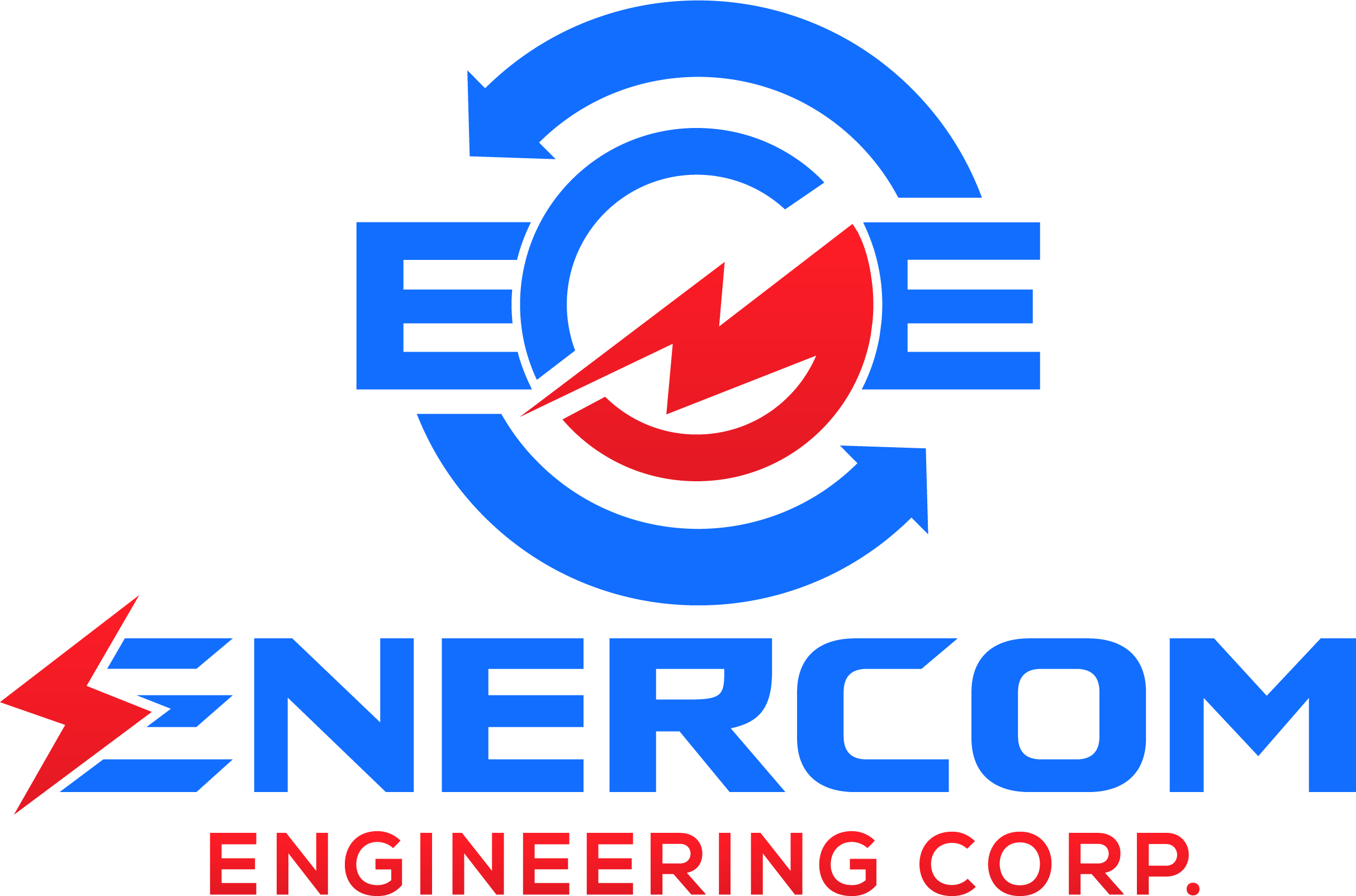Advanced Distribution Management System (ADMS)
Scope of Work:
1. System Design and Architecture:
- Design the DMS architecture, including communication protocols and integration
- with existing systems.
- Develop algorithms for real-time monitoring, analysis, and control of the
- distribution network.
- Design Human-Machine Interface (HMI) for operator control and monitoring.
2. Hardware and Software Procurement:
- Identify and procure necessary hardware components (e.g., sensors,
- communication devices, controllers).o Acquire and configure software licenses for the DMS.
- Ensure compatibility and scalability of the selected components.
3. Implementation and Configuration
- Install hardware components and set up the communication network.
- Configure the DMS software and integrate with SCADA, GIS, and other control
- systems.
- Collect input data, build GIS model based on the CIM or other input files, validate
- model.
- Implement functionalities such as Unbalance Load Flow analysis, Fault Location,
- Isolation, and Service Restoration (FLISR), Load Allocation and voltage
- regulation.
4. Testing and Validation:
- Conduct Factory Acceptance Testing (FAT) to ensure system functionality and
performance. - Perform Site Acceptance Testing (SAT) to validate on-site installation and
operation. - Test communication protocols and data exchange between devices.
5. Training and Documentation:
- Provide training sessions for operators and maintenance personnel on system
- operation and troubleshooting.
- Develop comprehensive documentation, including system architecture,
- configuration details, and maintenance procedures.
6. Support and Maintenance:
- Offer ongoing technical support and troubleshooting assistance.
- Perform regular maintenance and updates to ensure system reliability and
- security.
- Provide periodic performance reports and recommendations for system
- optimization.
Deliverables
- Project plan and requirements documentation.
- DMS architecture design and configuration details.
- Hardware and software installation and configuration.
- FAT and SAT reports.
- Training sessions and comprehensive documentation.
- Ongoing support and maintenance services.
